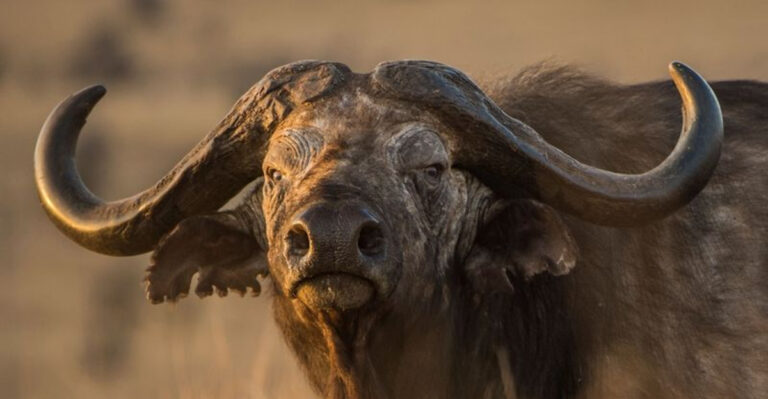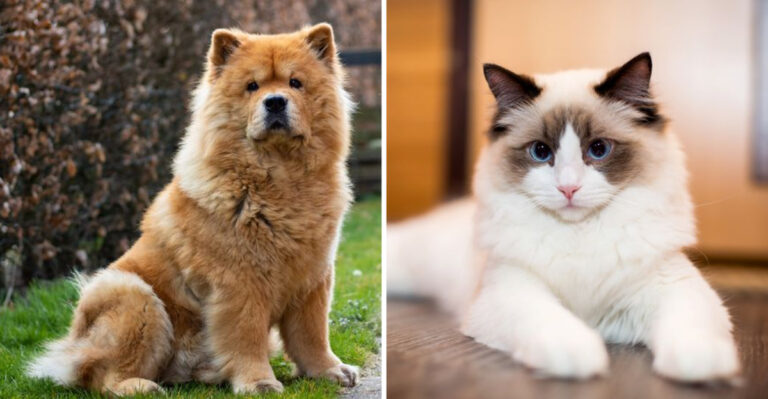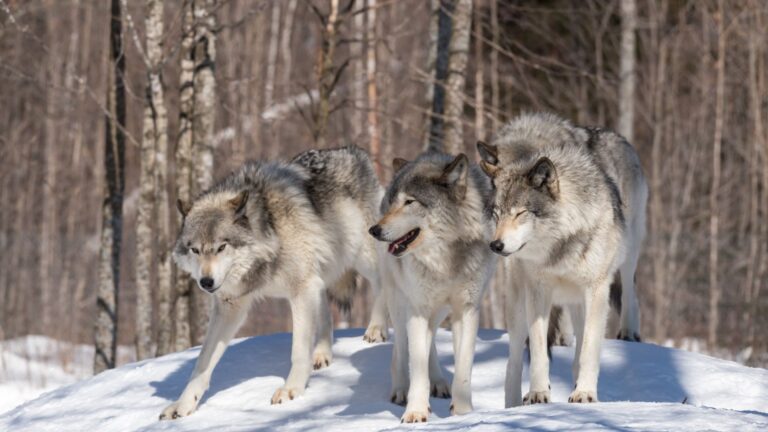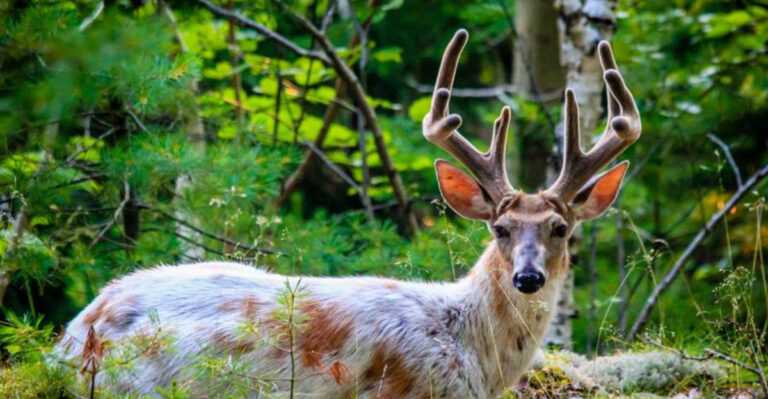15 Creatures That Kill For Fun (And What That Says About Them)
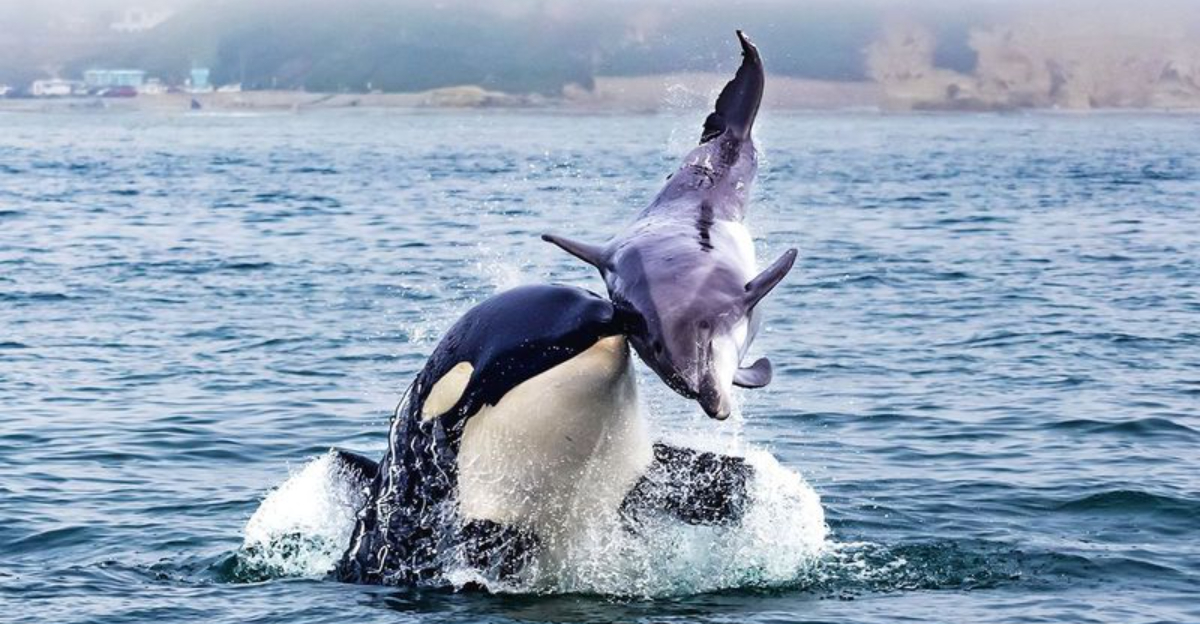
In the animal kingdom, most hunting serves a purpose: food, territory, or self-defense. But some creatures have a darker side – they kill even when they don’t need to.
This behavior, sometimes called surplus killing or recreational hunting, offers fascinating insights into animal psychology and evolution. Let’s explore these deadly creatures and what their unnecessary killing reveals about their nature.
1. Orcas Play Deadly Games
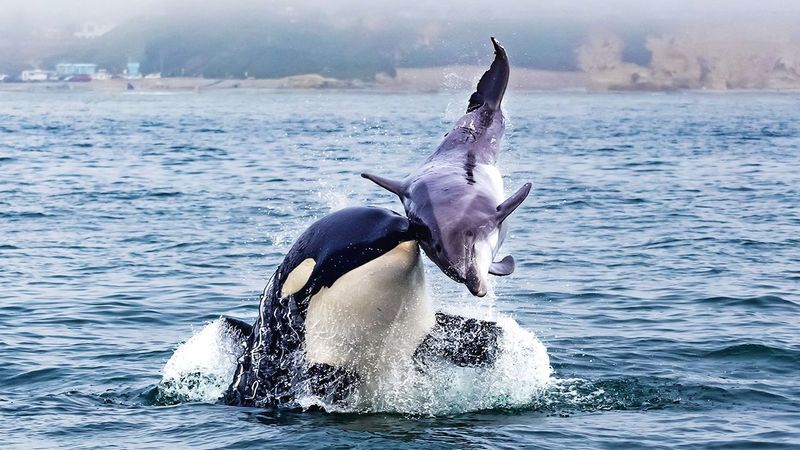
Ever watched a cat bat around a mouse? Orcas do the same thing – but with seals and porpoises. These black-and-white hunters will toss their prey into the air repeatedly, sometimes for hours before eating them.
Scientists believe this behavior helps young orcas practice hunting skills. It’s essentially their version of sports training, revealing their complex social structure and need for skill development.
2. Bottlenose Dolphins Have a Dark Streak
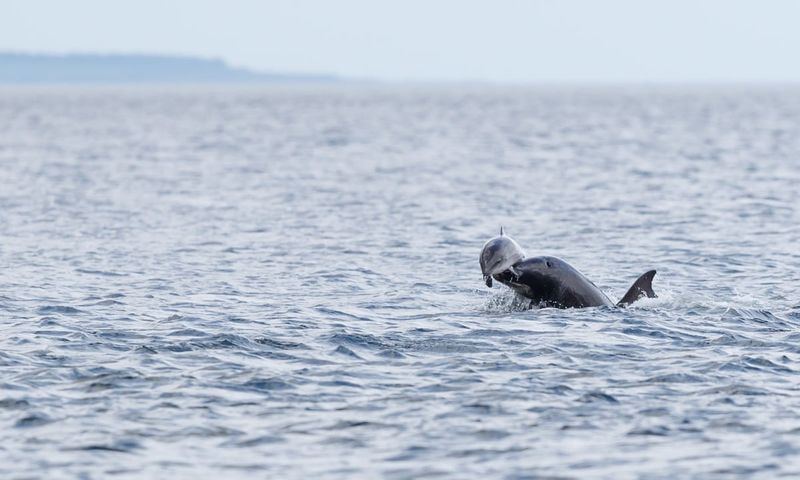
Behind their perpetual ‘smile’ lurks a surprisingly brutal nature. These intelligent mammals have been documented killing porpoises with no intention of eating them, sometimes ramming them to death in coordinated attacks.
Researchers suggest this behavior might be practice for infanticide or competition elimination. Their intelligence, which we often admire, enables complex social dynamics that include recreational violence.
3. House Cats: Adorable Serial Killers
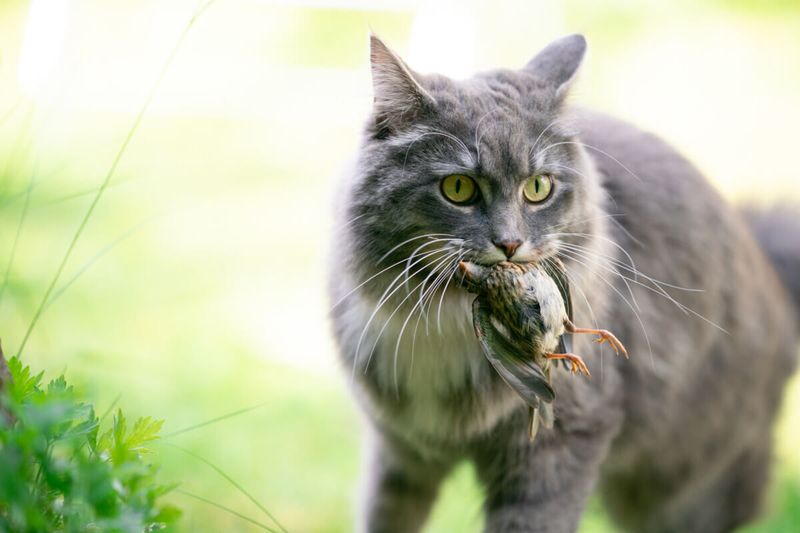
Your fluffy companion is actually a miniature predator with a body count. Domestic cats kill billions of birds and small mammals annually, often leaving the bodies uneaten on doorsteps like macabre gifts.
This behavior stems from their predatory instincts remaining intact despite domestication. Even well-fed cats hunt for stimulation and practice, revealing how deeply ingrained their hunting drives remain.
4. Wolves and Surplus Killing
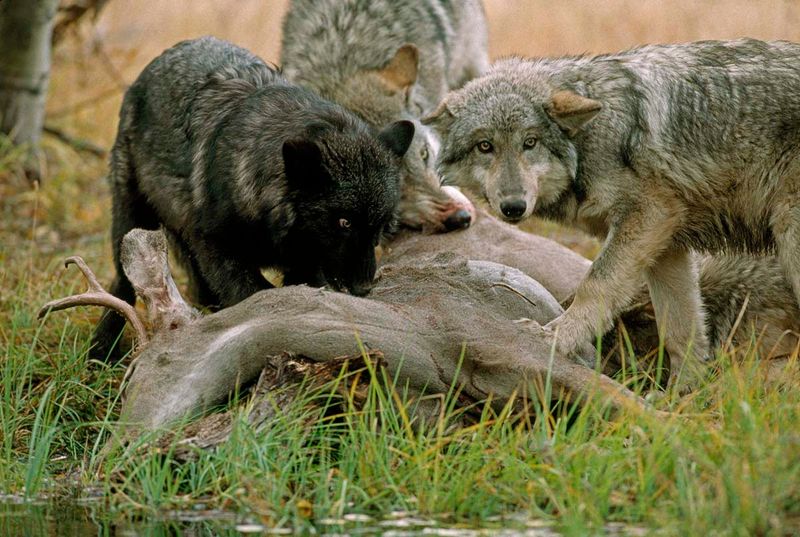
When wolves break into a sheep pen, the aftermath resembles a horror movie. They often kill far more than they could possibly eat, leaving dozens of carcasses behind.
This behavior, called surplus killing, happens when prey can’t escape naturally. It shows how predator instincts can override practical needs when prey is unnaturally confined, revealing the sometimes brutal efficiency of their hunting programming.
5. Leopard Seals Toy With Penguins
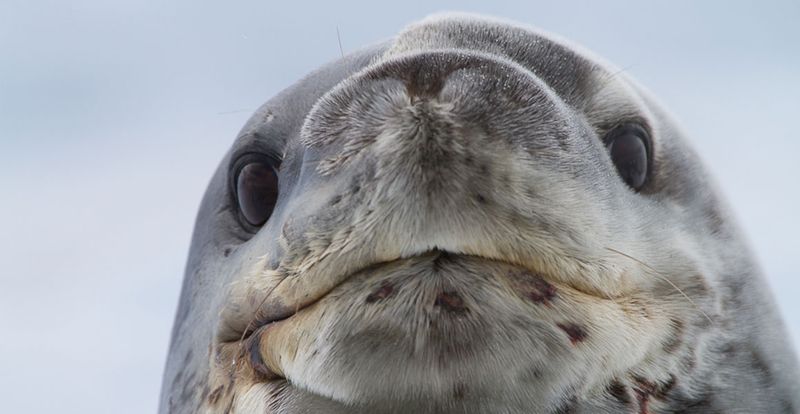
Antarctic penguin colonies fear these predators for good reason. Leopard seals sometimes catch penguins, skin them alive, and play with the carcass without eating it.
This behavior showcases their problem-solving intelligence and predatory creativity. Like other apex predators with time and energy to spare, they turn hunting into a form of entertainment, highlighting the thin line between necessity and recreation.
6. Hyenas Kill for Status
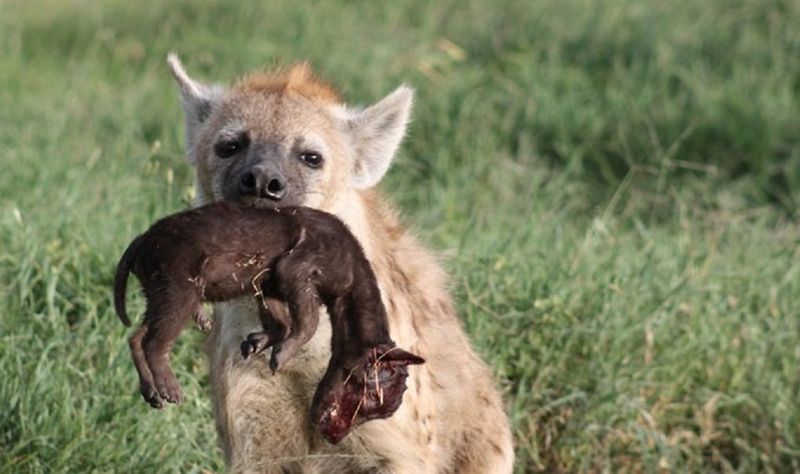
Far from just scavengers, hyenas are accomplished hunters with complex social hierarchies. They sometimes kill without eating their prey, particularly when establishing dominance within their clan.
These kills serve as demonstrations of power and ability. Their recreational hunting reflects their intricate social structure, showing how violence can function as communication in highly competitive social groups.
7. Honey Badgers’ Killing Sprees
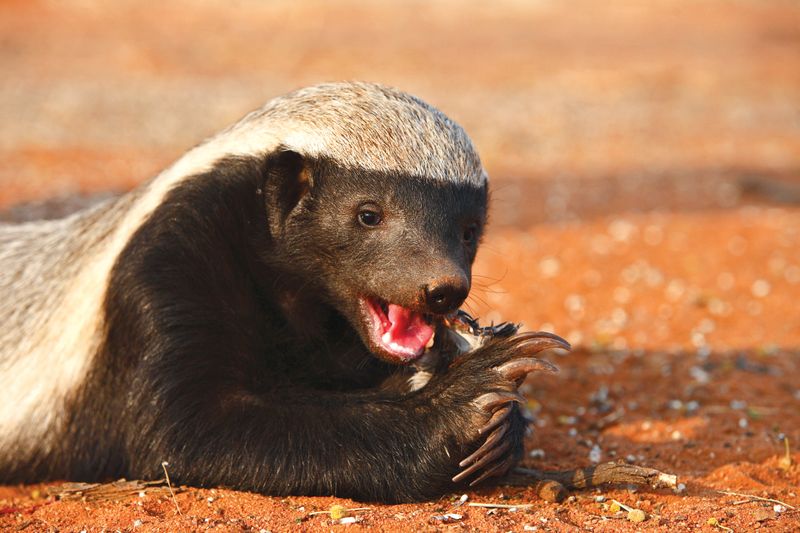
Famous for their fearlessness, honey badgers sometimes enter chicken coops and kill everything inside. Rather than gorging on one bird, they’ll systematically eliminate the entire flock.
This overkill strategy ensures future food security in their harsh environment. Their seemingly excessive violence actually represents a survival adaptation, storing food for later and eliminating potential competition in one efficient sweep.
8. Chimpanzees Wage War
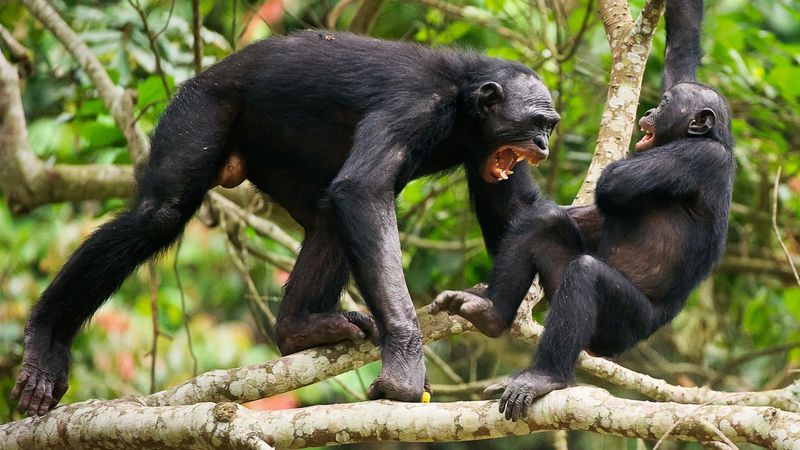
Our closest relatives organize hunting parties – not just for food, but to eliminate neighboring chimp groups. They’ll systematically attack and kill members of rival communities in what resembles primitive warfare.
This disturbing behavior reveals the evolutionary roots of human conflict. Their recreational violence demonstrates that the capacity for organized aggression predates human civilization, suggesting darker aspects of our shared evolutionary heritage.
9. Stoats Dance With Death
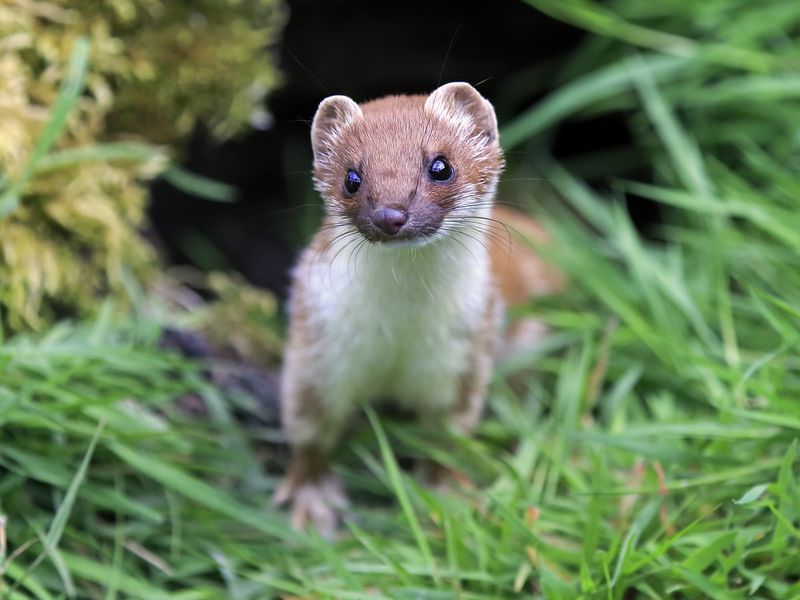
These small weasel relatives perform a bizarre “hypnotic dance” – jumping and twisting erratically near their prey. This strange display actually mesmerizes rabbits and birds, freezing them in place until the stoat strikes.
Beyond practical hunting, stoats sometimes kill entire rabbit warrens without eating them. This surplus killing shows how specialized predatory adaptations can lead to excessive violence when opportunity presents itself.
10. Polar Bears Play With Prey
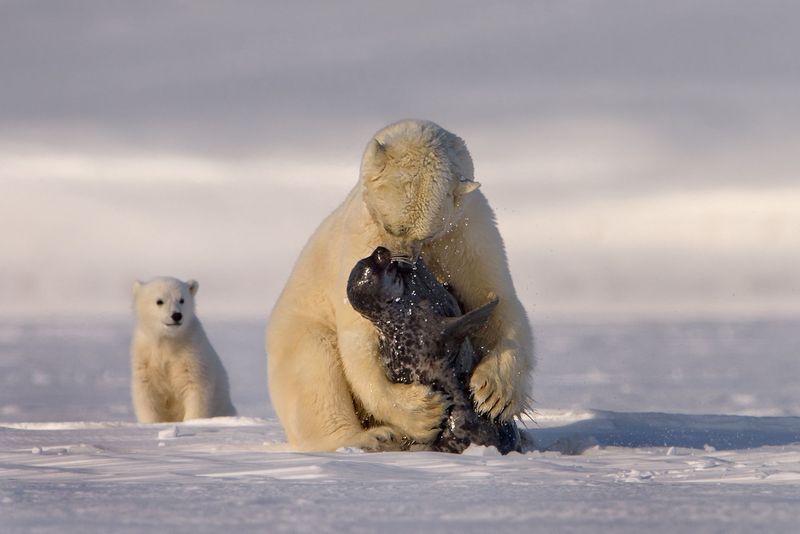
Arctic researchers have documented polar bears catching seals and then batting them around like toys before killing them. Sometimes they’ll spend hours playing with their still-living prey.
This behavior may help alleviate boredom during long Arctic winters. As intelligent predators with significant downtime, their recreational killing highlights how predatory play serves both developmental and entertainment functions in cognitively complex animals.
11. Foxes in the Henhouse
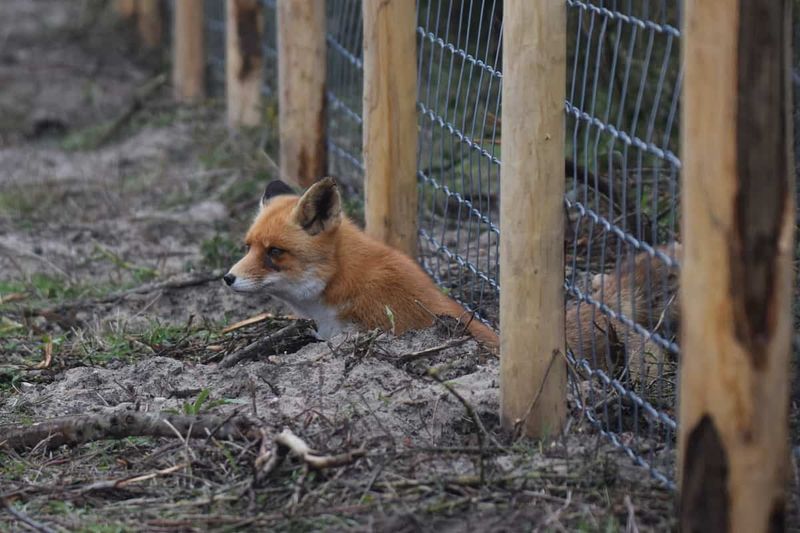
The phrase exists for a reason. When foxes breach a chicken coop, they often kill every bird inside, taking only one or two away to eat.
This seemingly wasteful behavior actually represents an evolutionary strategy. In the wild, foxes would cache extra food for later retrieval. Their henhouse massacres reveal how ancient survival instincts can manifest as apparent cruelty in modern contexts.
12. Komodo Dragons’ Excessive Force
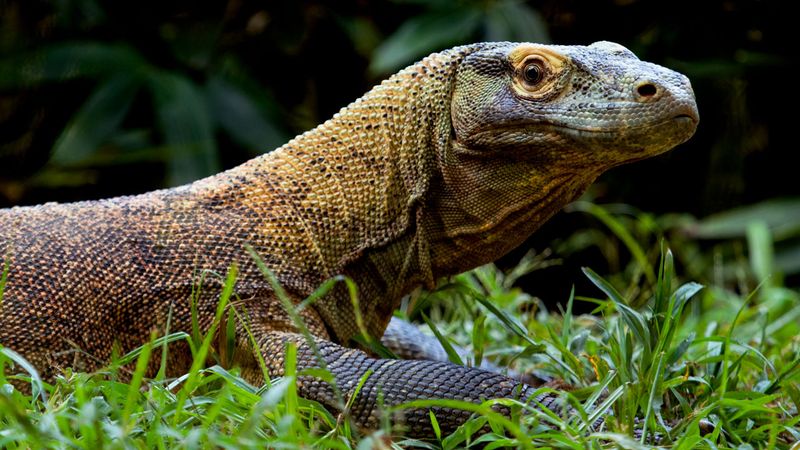
Armed with deadly bacteria-laden saliva, these giant lizards could simply bite prey and wait for infection to do the work. Instead, they often violently tear apart animals, killing far more brutally than necessary.
Their excessive violence may be evolutionary insurance against large prey’s escape. This overkill strategy shows how predators evolve not just to kill efficiently, but to eliminate all possibility of prey recovery or escape.
13. Sperm Whales vs. Giant Squid
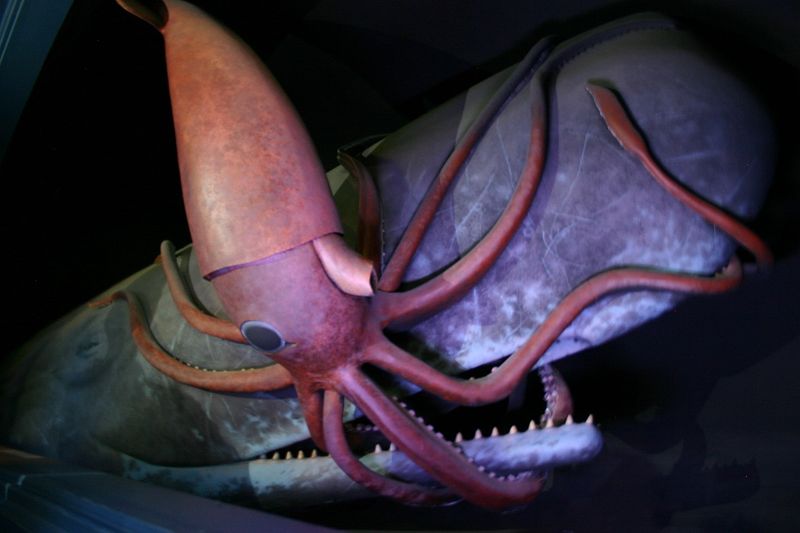
Deep-sea battles between these leviathans are legendary. Sperm whales sometimes kill more giant squid than they can eat, leaving the carcasses to sink to the ocean floor.
Scientists believe this behavior helps eliminate dangerous prey from their territory. Their strategic killing demonstrates how intelligence allows some predators to engage in preventative violence, eliminating potential threats even when not immediately hungry.
14. African Painted Wolves’ Feeding Frenzy
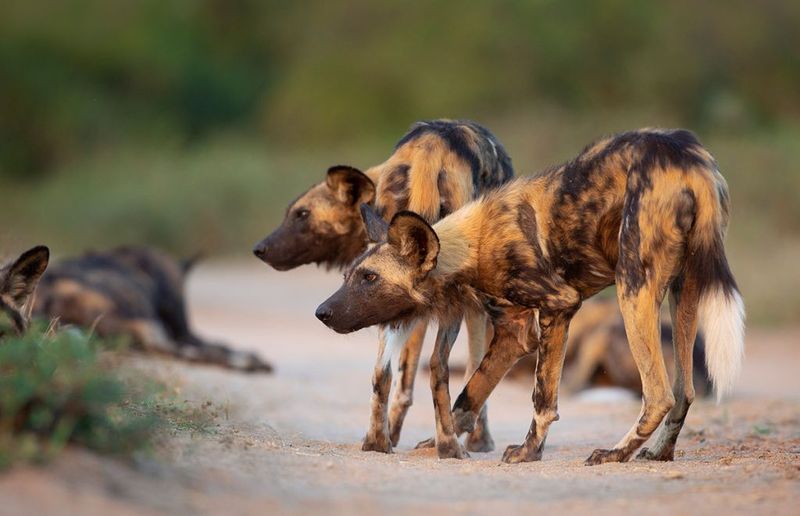
Also known as wild dogs, these pack hunters are famous for eating prey alive. They’ll rip open a zebra or antelope and begin feeding while the animal is still conscious and struggling.
Their seemingly cruel method maximizes feeding efficiency in competitive environments. Their behavior reveals how evolutionary pressures can select for what appears to be gratuitous violence when it provides survival advantages in harsh ecosystems.
15. Tasmanian Devils Live Up to Their Name
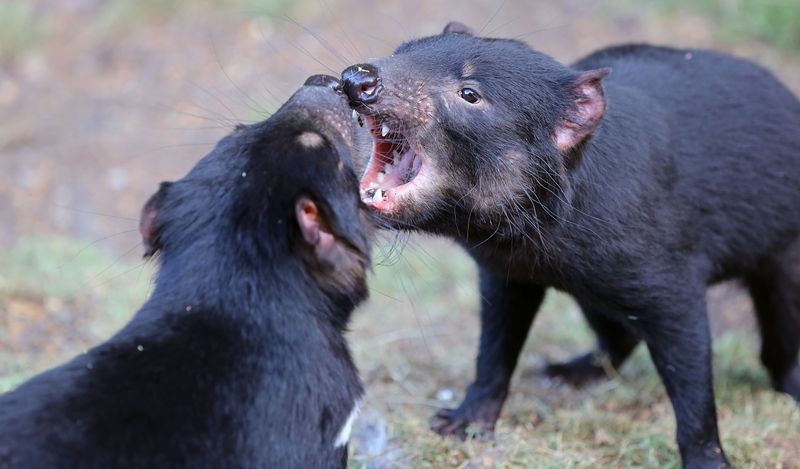
Don’t let their small size fool you. These marsupials fight viciously over carcasses and sometimes kill smaller animals just to establish dominance, leaving them uneaten.
Their aggressive nature evolved in Tasmania’s isolated environment. Their recreational aggression demonstrates how island evolution can intensify competitive behaviors, creating species that use excessive violence as communication in resource-limited environments.


